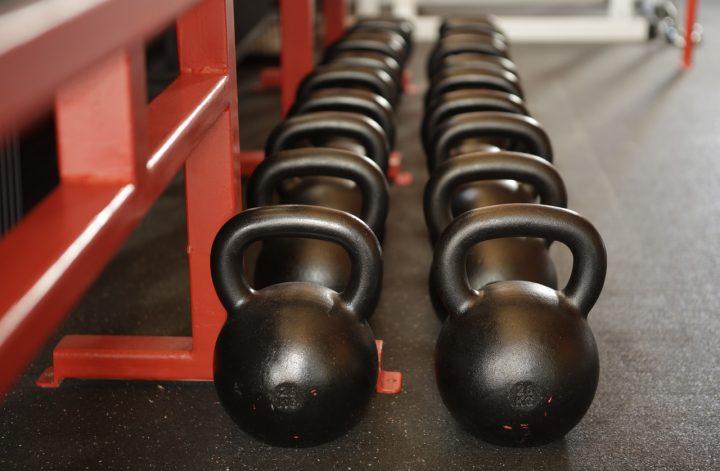It’s not always simple or practical to eat a balanced, diversified diet. Many of us don’t consume enough of various important vitamins and minerals because of juggling a busy schedule with little time for healthy meal preparation, food allergies and intolerances, dietary preferences, and cultural eating patterns. You could lack some micronutrients even if you cook at home and make an effort to eat a healthy diet because some crucial vitamins and minerals are either present in a small number of food sources or are only present in trace amounts.
A classic example of a necessary nutrient that is neither widely distributed in the typical American diet nor always adequately absorbed when ingested in food sources is vitamin D. Instead, exposure to UVB rays from sunshine increases the creation of vitamin D, which is the main way that the body’s vitamin D levels are raised.
However, it gets more challenging to get enough vitamin D when the number of daylight hours decreases in the winter and the sun’s intensity decreases. It may be good to take a vitamin D supplement because vitamin D has various important physiological functions. Read on https://drtren.com/anadrol-oxymetholone-anapolon/anodrol for our helpful primer on the uses and advantages of vitamin D, foods that are high in it, and whether taking supplements of the vitamin can be beneficial.
Vitamin D: What Is It?
Vitamin D is a fat-soluble vitamin, like vitamins A, E, and K. As a result, it is kept in the body as opposed to being expelled like vitamins C and B. But unlike any other vitamin, when skin cells are exposed to UVB rays, vitamin D is essentially a steroid hormone made from cholesterol. In addition to being produced endogenously, vitamin D can also be found in two different dietary forms:
A few animal products, like egg yolks and cod liver oil, contain vitamin D3, also known as cholecalciferol. This form is far more easily absorbed by the body.
Some plants, like mushrooms, contain vitamin D2, also known as ergocalciferol. Ergocalciferol has very poor absorption and conversion to a physiologically active form of vitamin D.
 What Purpose Does Vitamin D Serve?
What Purpose Does Vitamin D Serve?
Vitamin D must go through two separate transformations before it becomes physiologically active, making absorption a difficult process. The first conversion occurs in the liver, when vitamin D is transformed into calcidiol, the nutrient’s storage form. The second conversion, which transforms calcidiol into calcitriol, mainly takes place in the kidneys.
The nutrient’s active steroid hormone form, calcitriol, binds to vitamin D receptors found on cells in almost every part of the body. Similar to most steroid hormones, when calcitriol binds to the right receptors, it activates or deactivates particular genes, resulting in a variety of physiological changes.
The most noteworthy effect of this active form of vitamin D is an improvement in the intestinal absorption of important minerals like calcium and phosphorus. Deficits in vitamin D are linked to an elevated risk of osteoporosis and bone fractures because these minerals are essential for bone remodeling and repair. Additionally, studies have shown that vitamin D plays a role in immunological function and in accelerating skin regrowth during wound healing.
Advantages of vitamin D
Numerous health advantages of vitamin D have been discovered in the body, including the following:
- increased bone strength and health
- faster healing of wounds
- reduced danger of cancer, diabetes, heart disease, and other diseases
- reduction of anxiety and depression
- increased strength in the muscles
Vitamin D deficiency symptoms
A lab test that checks your level of calcifediol, the vitamin D storage form, can clinically establish if you don’t have enough vitamin D. Although values above 20 ng/ml are preferable, individuals are generally regarded to have a deficit if calcifediol is at or below 20 ng/ml. According to statistics, over 42% of Americans are vitamin D deficient. This is a very frequent condition.
The likelihood of this frequency is probably higher in the country’s northern regions, especially during the winter. Blacks (82.1%), Hispanics (62.9%), elderly persons (41.1%), non-dairy drinkers (48%), people with hypertension (46.3%), low high-density lipoprotein (HDL) cholesterol (49.9%), and obese (53.8%) people had the highest deficiency rates.
Since deficiencies may manifest “silently” or go undetected, a lab test is typically regarded as the greatest prophylactic measure against potential vitamin D deficiency. This does not, however, imply that there is no damage being done. As a result, it is wise to talk to your doctor about getting a lab test if you are concerned that your levels may be low.
While vitamin D insufficiency is sometimes subtle, there are a number of potential symptoms or indicators, including the following:
- frequent fractures, osteoporosis, or poor bone mineral density
- impeded healing of wounds
- Obesity or weight gain Anxiety or depression
- hair fall
- frequent illnesses, especially respiratory infections including colds and flu
- Fatigue
- muscle or bone ache
- Rickets (in extreme circumstances) (in extreme cases)
 Vitamin D sources in food
Vitamin D sources in food
Few foods have significant quantities of vitamin D in them naturally. Consequently, vitamin D3 is added to the majority of milk and milk substitutes, certain orange juice, and breakfast cereals. The majority of experts concur that even if the items on the following list do contain vitamin D3, you would need to eat them everyday to fully meet your vitamin D needs.
- Fish liver oil (far and away the richest dietary source)
- Trout \sSalmon \sSardines
- Egg yolks from a swordfish, mackrel
- Beef liver, cheese, and tuna
Vitamin D2 is also present in mushrooms, however research shows that it is not well absorbed by the body and is not converted to the active form.
Should You Take a Supplement of Vitamin D?
Getting your levels checked is the only surefire way to determine whether you need a vitamin D supplement. That being said, it’s very likely that your levels are low if you’re a vegan or vegetarian or just sometimes ingest fatty fish or milk. It’s also a good idea to consider your vitamin D consumption and levels if you don’t get much direct sunlight, use sunscreen, have a history of fractures, or have darker skin.
Depending on the severity of your deficit, how much sunlight you get, and the nutrients you need, light therapy, which involves regular exposure to artificial bright white light (10,000 lux), may also be a good replacement or adjustment to supplements for some.




